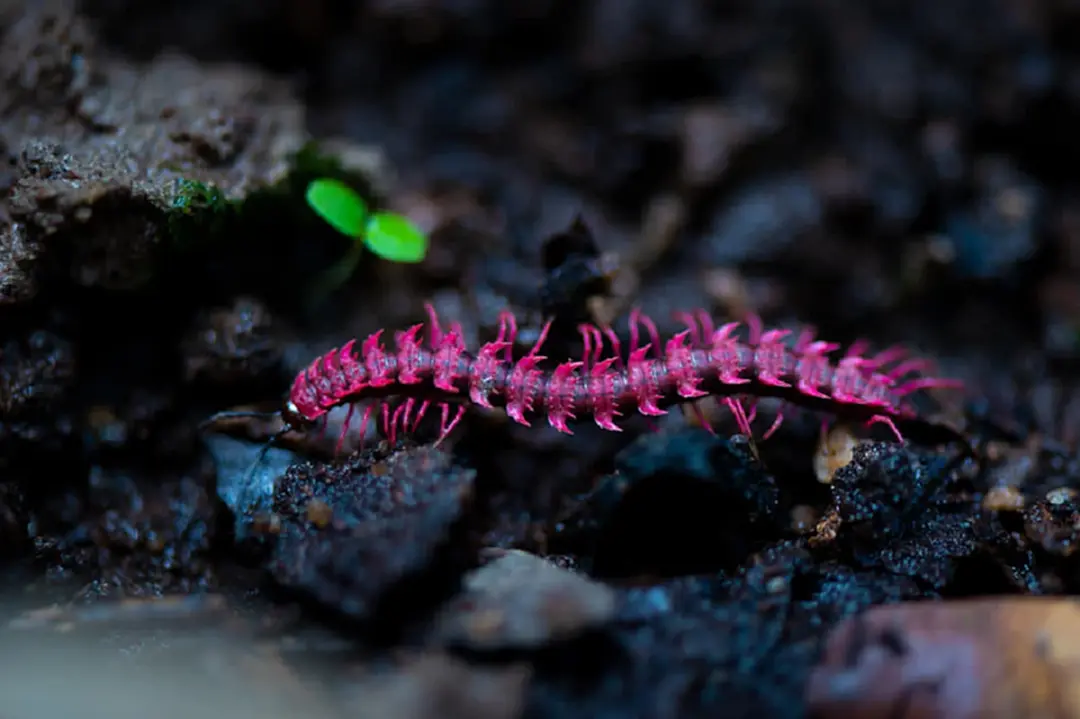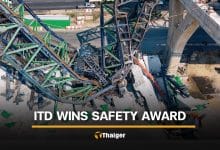Sign of abundance: Shocking pink millipede spotted in Thai forest

The Department of National Parks, Wildlife and Plant Conservation (DNP) shared some good news on the discovery of a shocking pink millipede at the Hup Pa Tat limestone in the Pathun Mountain Non-hunting Area in the central province of Uthai Thani. The appearance of the arthropod is an indicator showing the area is abundant with them.
The DNP posted a video of the shocking pink millipede on its official Facebook page on November 12. The video features a vivid pink arthropod, looking like a centipede, walking on the ground with its wave of legs.
The millipede is rare and can only be found in Thailand. ThaiRath reported that the millipede only appears once a year at the end of the rainy season and the beginning of the cold season. They then die according to their lifecycle and return the following year.
The shocking pink millipede is also known as desmoxytes purpurosea and dragon millipede. It was first found in the Hup Pa Tat limestone in the Pathun Mountain Non-hunting Area in 2007 by a professor from Chulalongkorn University, Somsak Panha.
The International Institute of Species Exploration (IISE) of the Arizona State University in the US later announced the millipede as the third in the top ten new species list in 2008.
The adult millipede can grow up to 7 centimetres long and release a cyanide toxin from its venom glands on the side of its body. Somsak stated that the cyanide released is not strong enough to harm people but they should avoid touching them.
At first, some Thai scientists and academics did not want to reveal the exact location where the millipedes were found due to worries about their safety. According to the report on MGR Online, millipedes are wanted by animal trafficking gangs both in Thailand and abroad. Their price at the time was over 1,500 baht each.
Hup Pa Tat limestone is one of the top tourist destinations in Uthai Thani province. Aside from the millipede, Hub Patad limestone is also rich in early land plants, and the rear-finding serow can be seen at night by wildlife enthusiasts.
Latest Thailand News
Follow The Thaiger on Google News:


























